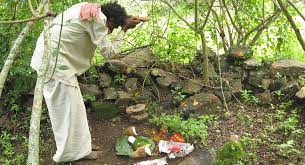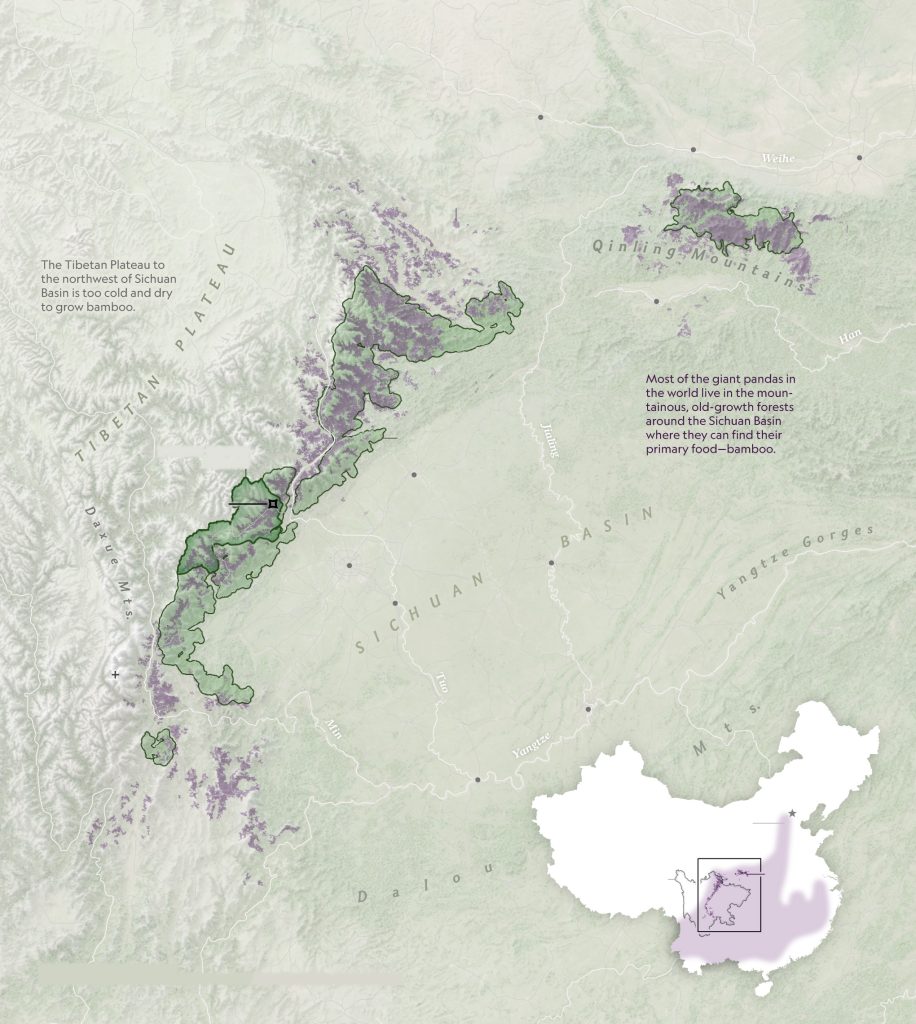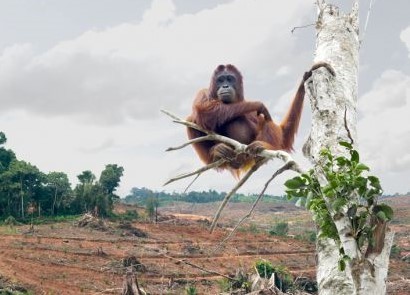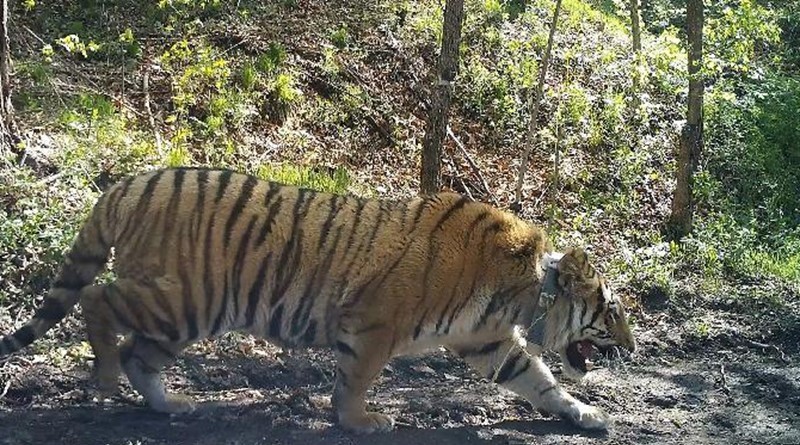Often concessions that are granted to groups overlap with protected reserves. Obviously this should not be allowed, yet it continues. Often the company can then do great environmental damage before the error is rectified.
Ipilan Nickel Corporation began felling trees in its concession area in Brookes point Palawan, Mary Jean Feliciano moved to stop them. After sending cease and desist orders that were ignored (during which time 7000 trees were cut down) she used her authority to shut down the companies operations and demolish their onsite facilities. The company fought back, and the Philippine Ombudsman sided with the company and Feliciano was suspended for a year without pay.
By the time that the Department of Environment and Natural Resources issued a stoppage order 7000 trees in the village protected area, which operates as their water catchment area, had been cut down. This aea fell within the Mount Mantalingahan Protected Landscapes which is a recognized protected area.
The cutting started on May 2017. The village knew what was going on, but the mining company security guards would not let the village authorities in to stop the illegal deforestation.
What is more ridiculous is that the Companies environmental compliance cirtificate was rescinded on december 14th 2016, and on may 17, 2017 it was confirmed that the firm no longer had the permit to cut down any trees.
In July of 2017 hte Palawan Council for Sustainable Development reviewed a petition by Feliciano, recalled the clearance it had issued, and bowing to public pressure the council recongized that 80% of the mining companies claims fell within “core zones” of the protected forest – clearly illegal to cut down.
Civil rights groups praised Feliciano, but the Philippine Ombudsman found her “guilty of oppression or grave abuse of authority” and served her a year long suspension without pay. They claimed that while the EEC of the company had been revoked, they still had an appeal which needed to run its course before she undertook any action.
This suit brought by the company is a clear form of SLAPP litigation – the aim is to make everyone too fearful to try to get in their way.
Around the world companies are using legal actions to delay orders to stop damaging the environment. In many cases including deforestation, by the time an order comes through to stop cutting down forests, all the damage is done. There are places where companies will have to pay large reparations, as well as reforesting more land than they illegally deforested – this process must be rolled out worldwide.
It must become too expensive to risk damaging the environment. Another requirement is for these countries to put a system in place which stops companies delaying the answer why they carry out the work that environmental action is trying to halt.
How can we help? it is hard, but we must make our voices heard over the noise that comes from all around us.

















